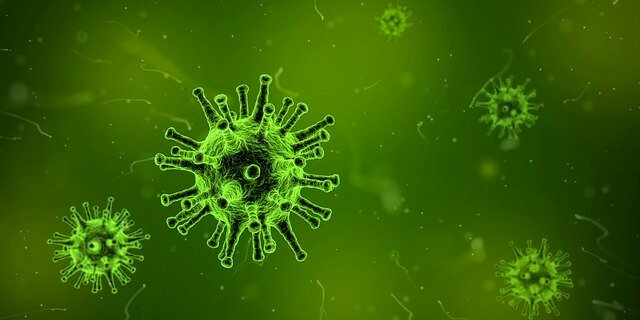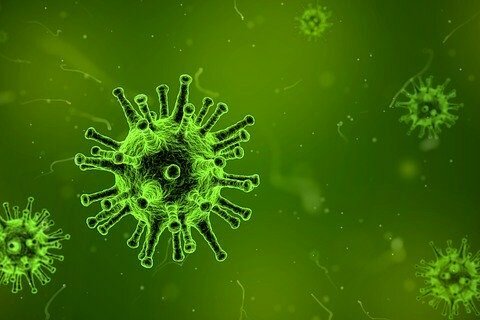

Lasers May Reduce Addictive Behavior

Other research studies focus on the use of non-pharmaceutical biological treatments, such as laser lights, as a means of eliminating addictions. Researchers at the University of California-San Francisco discovered that exposing the prelimbic region of the brain to laser lights significantly reduces addictive behavior in cocaine-dependent rats. The study, which highlighted the importance of the prelimbic region in decision-making and behavioral flexibility, could help drive further research in humans.
I don’t know about you, but anything that involves lasers sounds pretty awesome. I picture a future where recovering persons arm themselves with a laser gun. Only this laser gun doesn’t harm others. On the contrary, the laser weapon is used whenever narcotic cravings arise. So once cravings begin, instead of acting on the desire, recovering people shoot themselves with laser guns. Where do I sign up?
Combining Technologies with Psychologial Therapies
Although many interesting biological treatments are currently in development, it’s important to remember that most biological treatments for substance addiction require the additional support of psychological therapies, such as counseling. The National Institute of Drug Abuse and the Substance Abuse and Mental Health Services Administration recognize this and collaborate on products to assist substance abuse treatment programs in implementing technology-assisted care, which uses computerized systems to support in-person, clinician-provided approaches.
Computer-Based Training for Cognitive Behavioral Therapy (CBT4CBT), designed by Kathleen Carroll and her colleagues at Yale University, is just one example of technology-assisted care currently in development. This web-based program teaches a range of cognitive behavioral therapy skills specific to substance addiction reduction through movies and examples. Studies funded by the National Institutes of Health and conducted at Yale University have shown that CBT4CBT can enhance treatment outcomes in people enrolled in a clinical program for substance addition. Research is currently underway to determine whether the treatment could also help those who are not involved in a clinical rehab program.
The incredibly complex nature of substance addiction means that the quest for a silver bullet may be never-ending. Promising new treatments are in sight, but researchers still have much work to do.
It’s important for those seeking treatment to do their homework when researching potential facilities. The world of for-profit addiction treatment is bright and flashy and glamorous, with many centers looking like plush, five-star resorts. There’s no evidence whatsoever that suggests a posh facility improves abstinence outcomes. And many centers engage in deceptive advertising, offering “cures” for addiction when no such cure exists.
Not to sounds cliché, but if it sounds too good to be true, it is. Just yesterday, I was interviewed for a story on reality star Scott Disick. He’s enrolled in a treatment program in Costa Rica that offers shaman-guided iboga flights (essentially a psychedelic trip with the help of a shaman). Many out-of-country rehab centers offer treatments with absolutely no evidence base. These alternative programs appeal to those looking for shortcuts to recovery.
As a recovering person myself, I know exactly why Scott went to this program. Treatment program 1 offers a therapeutic process that will challenge you to dig deep and uncover emotional areas you’d prefer to ignore. Treatment program 2 offers psychedelic trips with shaman.
Left up to me, it’s a no-brainer. Send me to the shaman. Fortunately, most in active addiction don’t get to choose where they go. That’s a good thing.
The future of addiction treatment looks bright as long as treatment centers incorporate the latest findings into their respective programs. Whether that happens, however, is yet to be seen